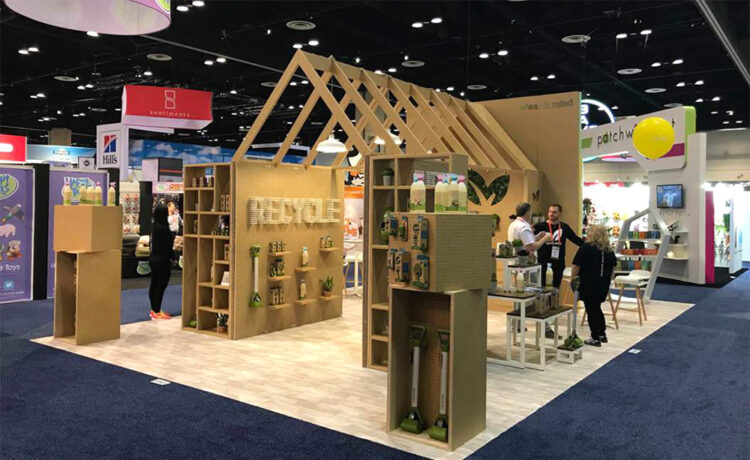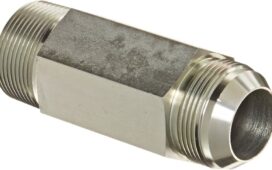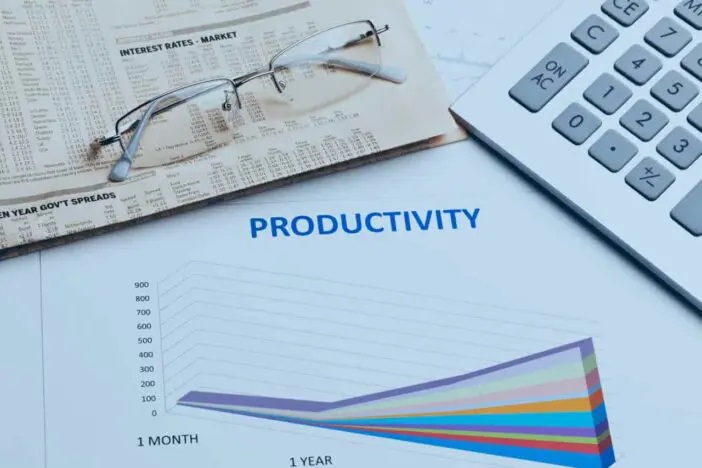Exhibiting at a trade show is a significant investment—of time, money, and resources. Between booth design, staff travel, promotional materials, and registration fees, the costs add up fast. So how do you ensure you’re getting a strong return on that investment?
The key is to treat your trade show presence as a full campaign, not just a single-day event. That means planning strategically before the show, executing effectively during the show, and following up with purpose after the show. Here’s how to maximize your ROI every step of the way.
Before the Show: Build the Foundation for Success
1. Set Clear, Measurable Goals
Start by defining what success looks like for your organization. Do you want to collect 300 qualified leads? Book 20 meetings with decision-makers? Increase brand visibility in a new market? Get specific—and make sure your entire team understands these goals.
2. Promote Your Presence
Don’t wait for attendees to stumble across your booth. Use your website, email campaigns, newsletters, and social media channels to let people know you’ll be exhibiting. Include details like your booth number, what you’ll be showcasing, and any incentives for visiting (like demos or giveaways).
3. Pre-Book Meetings
The most valuable conversations often come from pre-scheduled meetings. Use your CRM, LinkedIn, and industry contact lists to reach out to prospects, partners, or current customers. Try to fill your team’s calendar in advance, even if it’s just for quick booth chats.
4. Train Your Booth Staff
Even the best-designed booth won’t perform if your team isn’t prepared. Brief your staff on booth goals, talking points, key products or services, and lead capture tools. Roleplay real conversations they might have on the show floor, and make sure they’re equipped to qualify and route leads effectively.
During the Show: Execute with Intention
5. Create a Strong First Impression
Your booth should be visually appealing, open, and branded consistently. Make your value proposition clear within five seconds. Avoid clutter and make space for movement, interaction, and conversation. Use lighting and signage to draw attention and guide traffic naturally.
6. Engage, Don’t Just Pitch
Trade show attendees are bombarded with information. Instead of launching into a sales pitch, focus on listening. Ask questions to uncover needs, tailor your messaging accordingly, and focus on how you can help—not just what you sell.
7. Qualify Leads On the Spot
Not every visitor is a fit. Use quick qualification criteria—like budget, authority, need, and timeline (BANT)—to sort leads into categories. That way, you can prioritize follow-ups after the show and focus energy where it matters most.
8. Track Everything
Use lead capture tools that integrate with your CRM, whether it’s scanning badges, using digital forms, or logging info on tablets. Include space for notes so your sales team has context when they reach out. Don’t rely on a bowl of business cards—it’s 2025.
After the Show: Turn Interest into Results
9. Follow Up Fast
The longer you wait, the colder your leads get. Aim to reach out within 2–5 business days after the event. Personalize your follow-up messages based on the conversation—reference specific products, questions, or challenges discussed at the booth.
For high-priority leads, schedule a call or demo as the next step. For lower-priority leads, send a tailored email with useful content and keep them in your nurture funnel.
10. Measure Against Your Goals
Return to the objectives you set before the show. How many leads did you capture? How many meetings were booked? What’s the projected revenue pipeline from your leads?
Look beyond quantity and focus on lead quality, conversion rates, and deal progression. This insight helps you assess the true impact of the show and improve for the next one.
11. Debrief with Your Team
Schedule a post-show meeting with your staff to review what went well and what could be improved. Discuss booth traffic, feedback from visitors, pain points, and logistical issues. Document this for future reference—you’ll thank yourself next time.
Bonus Tips for Long-Term ROI
- Repurpose Your Content: Use photos, videos, and testimonials from the event for social media, blog posts, and newsletters.
- Nurture Your Leads: Not everyone is ready to buy now. Create a follow-up email series, retargeting ads, or invite them to webinars and future events.
- Evaluate Your Booth Assets: If you’re attending multiple shows, invest in reusable displays and modular designs to save money in the long run.
Final Thoughts
Maximizing ROI from your trade show booth doesn’t happen by accident. It requires preparation, execution, and follow-through—all driven by clear goals and measurable outcomes. The most successful companies approach trade shows as part of a larger business strategy, not just a marketing expense.
If you’re going to invest the time and money, make every moment count—from the first email to the final follow-up. We recommend trade show displays.













